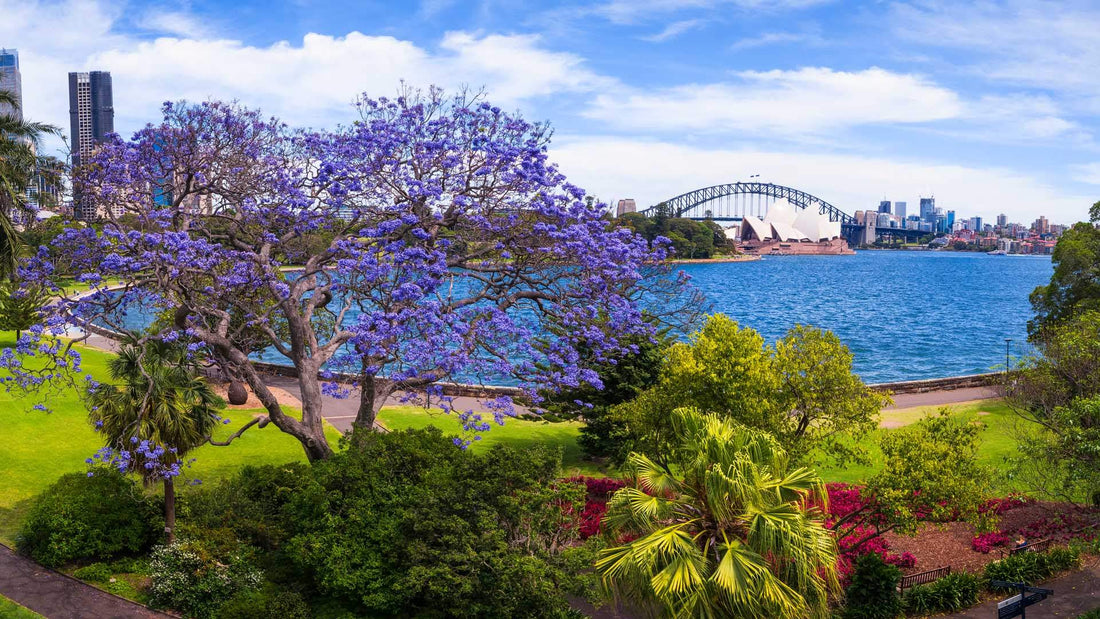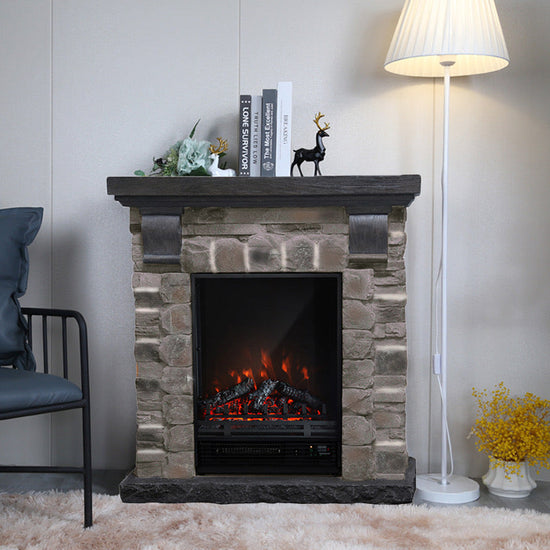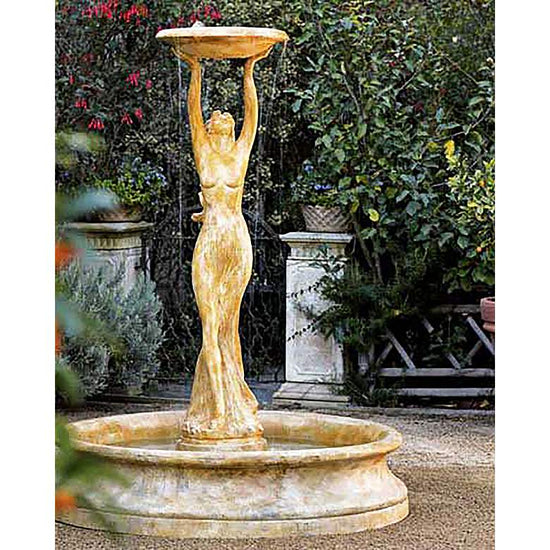
Garden landscaping trends can vary based on different regions, climates, and personal preferences, but here are some of the current popular garden landscaping trends:
- Sustainable Landscaping: Sustainable landscaping practices are becoming increasingly popular as people become more environmentally conscious. This includes using native plants, incorporating edible gardens, and minimizing water usage.
- Low-Maintenance Landscaping: People are opting for low-maintenance landscaping solutions that require minimal upkeep. This can include using synthetic turf or gravel instead of traditional grass lawns, installing smart irrigation systems, and using drought-tolerant plants.
- Garden Rooms: Creating outdoor "rooms" within your garden has been a popular trend for several years now, and it's still going strong. This includes creating separate areas for dining, lounging, and entertaining, and using different hardscaping materials to define each space.
- Vertical Gardens: Vertical gardens are a popular trend for small spaces or urban gardens. They can be created with wall-mounted planters, trellises, or green walls, and can add a unique and beautiful element to any garden.
- Lighting: Landscape lighting can transform the look and feel of a garden at night. The use of string lights, lanterns, and solar-powered lights is a popular trend that adds ambiance and warmth to outdoor spaces
- Monochromatic Gardens: Monochromatic gardens are a popular trend that involves using a single-color scheme throughout the garden. This creates a cohesive and calming look and can be achieved using different shades and textures of the same colour
- Cottage Gardens: Cottage gardens are a popular trend that emphasizes a relaxed and informal style. This involves using a mix of perennials, annuals, and flowering shrubs in a naturalistic and romantic style.
Remember, it's always important to choose what works best for your personal preferences and the climate and environment of your area.

Australia is home to many beautiful, landscaped gardens, here are some of the best ones:
- Royal Botanic Garden, Sydney: Located in the heart of Sydney, the Royal Botanic Garden is a 30-hectare garden that showcases Australian plants, as well as exotic plants from around the world. It also features a variety of themed gardens, including a rose garden and a succulent garden.
- Royal Botanic Gardens, Melbourne: One of the oldest landscaped gardens in Australia, the Royal Botanic Gardens in Melbourne is home to more than 8,500 plant species. It includes a mix of native and exotic plants and features several themed gardens, including the Australian Rainforest Walk and the Herb Garden.
- Australian National Botanic Gardens, Canberra: The Australian National Botanic Gardens located in Canberra and is dedicated to showcasing Australia's unique flora. It features a range of gardens and collections, including the Rock Garden and the Eucalypt Lawn.
- Adelaide Botanic Garden: The Adelaide Botanic Garden is a 51-hectare garden that features a mix of native and exotic plants. It includes several themed gardens, such as the Australian Forest Walk and the Palm House.
- Blue Mountains Botanic Garden, Mount Tomah: The Blue Mountains Botanic Garden located in the World Heritage-listed Blue Mountains and is home to a range of cool-climate plants. It includes several themed gardens, such as the Formal Garden and the Woodland Garden.
- Noosa Botanic Gardens: The Noosa Botanic Gardens are located on the shores of Lake Macdonald and feature a mix of native and exotic plants. It includes several themed gardens, including the Palm Grove and the Fern Glade.
- Hunter Valley Gardens, Pokolbin: The Hunter Valley Gardens are a 25-hectare garden located in the heart of the Hunter Valley wine region. It features several themed gardens, such as the Rose Garden and the Italian Grotto.
These are just some of the many beautiful, landscaped gardens in Australia. Each garden has its unique characteristics, and all of them are worth visiting if you have the opportunity.

Creating a beautiful garden landscape takes some planning and effort, but the results can be well worth it. Here are some tips to help you create the best garden landscape:
- Determine the purpose of your garden: Before you start designing your garden landscape, think about what you want to use it for. Do you want a garden that is purely decorative, or do you want to grow your own vegetables and herbs? Knowing the purpose of your garden will help you plan the layout and choose the right plants,
- Consider the climate and soil: Different plants thrive in different climates and soil types, so it's essential to choose plants that are suitable for your area. Consider the amount of sun and shade your garden gets, as well as the quality of the soil.
- Plan the layout: Sketch out a plan for your garden landscape, including any features like paths, patios, or water features. Consider the flow of the space and how you want to use each area.
- Choose the right plants: Choose plants that are well-suited to your climate and soil, and that will thrive in the amount of sun or shade your garden gets. Consider factors like colour, texture, and height when choosing plants, and aim for a mix of annuals, perennials,
- Incorporate hardscaping features: Hardscaping features like paths, patios, and retaining walls can add structure and interest to your garden landscape. Consider using natural materials like stone, wood, or brick for a rustic and organic feel.
- Add lighting: Outdoor lighting can add ambiance and warmth to your garden landscape and can also highlight specific features or plants. Consider using a mix of different types of lighting, such as string lights, spotlights, and solar-powered lights.
- Maintain your garden: Once you've created your garden landscape, it's important to maintain it regularly. This includes tasks like watering, weeding, pruning, and fertilizing. Regular maintenance will help your garden thrive and stay looking its best.
- Determine the purpose of your garden: Before you start designing your garden landscape, think about what you want to use it for. Do you want a garden that is purely decorative, or do you want to grow your own vegetables and herbs? Knowing the purpose of your garden will help you plan the layout and choose the right plants.
- Consider the climate and soil: Different plants thrive in different climates and soil types, so it's essential to choose plants that are suitable for your area. Consider the amount of sun and shade your garden gets, as well as the quality of the soil.
- Plan the layout: Sketch out a plan for your garden landscape, including any features like paths, patios, or water features. Consider the flow of the space and how you want to use each area.
- Choose the right plants: Choose plants that are well-suited to your climate and soil, and that will thrive in the amount of sun or shade your garden gets. Consider factors like colour, texture, and height when choosing plants, and aim for a mix of annuals, perennials, shrubs, and trees for a varied and interesting garden landscape.
- Incorporate hardscaping features: Hardscaping features like paths, patios, and retaining walls can add structure and interest to your garden landscape. Consider using natural materials like stone, wood, or brick for a rustic and organic feel.
- Add lighting: Outdoor lighting can add ambiance and warmth to your garden landscape and can also highlight specific features or plants. Consider using a mix of different types of lighting, such as string lights, spotlights, and solar-powered lights.
- Maintain your garden: Once you've created your garden landscape, it's important to maintain it regularly. This includes tasks like watering, weeding, pruning, and fertilizing. Regular maintenance will help your garden thrive and stay looking its best. By following these tips, you can create a beautiful and functional garden landscape that you'll love spending time in.
We at Fandango Fountain Store can assist with your landscaping needs by recommending some statues, ornaments, and water features to suit your space and the personality of your home.







